Discover Uruguayan music, wine and cuisine – an expert guide to Montevideo, Buenos Aires' little sister
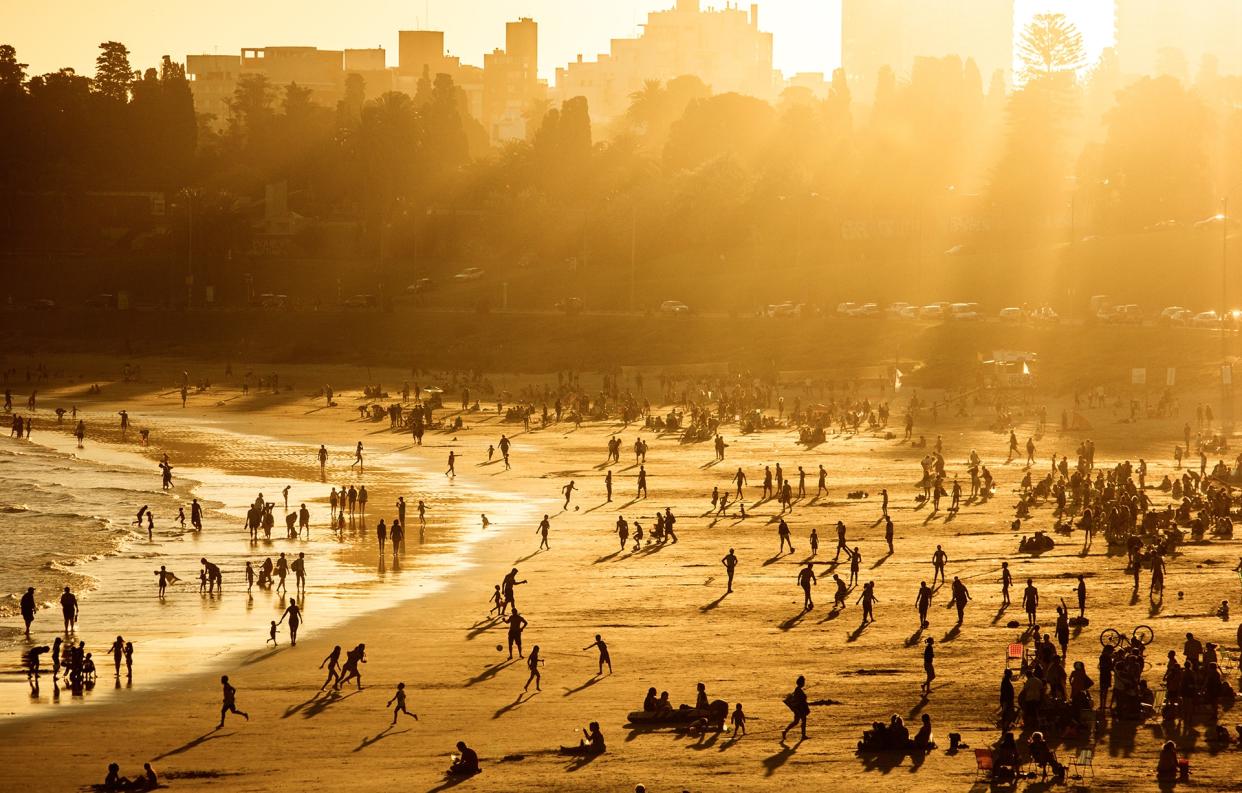
Why go?
The little sister to Buenos Aires – on the opposite side of the River Plate/Río de la Plata – Montevideo is slower, quieter, more polite and far more original. Afro-Uruguayan dance, tango music, carnivorous cuisine and excellent wines make a short visit well worthwhile. Maritime history fans can find out all about the Battle of the River Plate, right where the drama unfolded.
Cruise port location
Cruise ships moor in the city’s sprawling commercial port facility, alongside ferries from Argentina and container ships; two large cruise vessels can be berthed, usually with pilots helping to turn them (95-122 ships arrive each year during the main summer season). Look out for the anchor-monument of the famous WW2 German “pocket battleship” Graf Spee near the entrance. The Ciudad Vieja (old city) lies around the port area, on a western limb of the wider metropolitan area.
Can I walk to any places of interest?
The compact old city is easily reached – and indeed can be fully explored – on foot. From the port to the opposite side of town is just eight to nine blocks on a classic colonial grid. Check out the Mercado del Puerto (port market), famous for its lively steakhouses, on the waterfront. The main plazas are 10-15 minutes’ walk away.
Getting around
You’ll need only shoes to transport you around Montevideo’s most interesting central sights. If you do stray too far into Barrio Sur – beyond the Old City – and don’t fancy the walk back, or want to see the famous Centenario football stadium (used for the very first World Cup, in 1930), then take a white and yellow cab.
Hotels
Alma Histórica boutique hotel, on the Plaza Zabala in the old town, is a friendly, family-run hotel that occupies a handsome townhouse – it’s just a short walk from the cruise port. Rooms are creatively themed, one of the nicest dedicated to the memory of Uruguayan tango legend Julio Sosa. The Oliva is another good option, slightly out of town. Sofitel Casino Carrasco & Spa is a larger, plush property half an hour to the east, handy for the international airport and the city’s beaches.
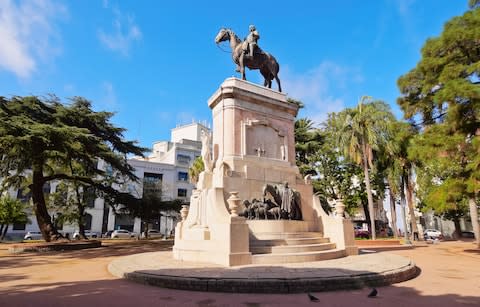
What to see and do
If you fancy an hour or two’s city sightseeing, stay in Montevideo. It’s very walkable, and you can get round the central area without a guide easily enough. If you want to see something of the area’s wine region, or fancy a trip further afield to historic Colonia de Sacramento or beach resort Punta del Este (and your cruise isn’t stopping there), then join an excursion, if offered.
What can I do in four hours or less?
You have plenty of time to walk around the Mercado del Puerto (port market) and to walk along Sarandí, the main pedestrianised strip, which leads across the Constitución plaza and larger Independencia plaza. The latter is home to the Palacio Salvo, a striking deco-influenced, gothic-tinged but eclectic-style building that was once the tallest building in South America (it has an even more eye catching sister in Buenos Aires called the Palacio Barolo). At the foot of the edifice is a small museum dedicated to La Cumparsita, the best-known, most-covered tango song, first performed at this spot in 1917. If tango’s your thing, be sure to have a cup of coffee at Bar Facal (corner of 8 de Julio and Yí); outside is a seated, life-size bronze of Carlos Gardel, the “Bing Crosby of Tango”, born in Toulouse, based in Buenos Aires, beloved of Montevideo. Among the other museums worth seeing are the Carnival Museum (Uruguay has strong Afro-Latino musical and dance traditions), Torres García Museum (showcasing works by Uruguay’s best-known artist) and, further afield, the Naval Museum.
Four hours affords time to see a local winery. Costa, Holland America Line (HAL) and Princess cruises do half-day trips to Juanicó winery, Uruguay’s largest, 27 miles from the port. P&O Cruises does a similar trip to the smaller Santa Rosa winery.
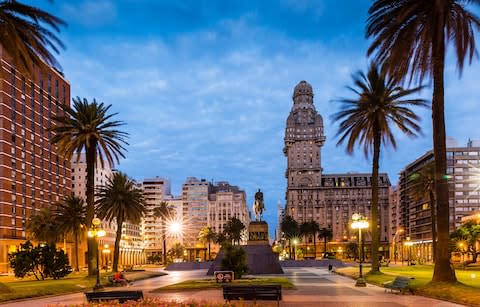
What can I do in eight hours or less?
With almost a full day you could join a tour (or take a cab/bus) to Colonia de Sacramento, 112 miles to the west. Once a Brazilian outpost, it’s a very picturesque Unesco-listed colonial town, all narrow cobbled streets and stone fortifications located on a peninsula jutting out into the River Plate. HAL and Princess Cruises, and others, offer this trip as standard.
P&O and Princess also offer passengers an estancia excursion, calling in at the Estancia La Rábida to meet the gauchos and enjoy an al fresco barbecue. Costa and Princess offer a 7.5-hour trip to Punta del Este; much covered in glossy magazines and celeb columns, “Punta” is a bit bling but has two very nice beaches and some superb restaurants.
Eat and drink
Uruguay gave the world corned beef, but you’d be better off trying one of the famous steaks, served with offal, sausages, and other sides or as a steak sandwich, known as a chivito. Sup the local tannat wines and, if you like green tea, the yerba mate tea. The market and central area are best for dining.
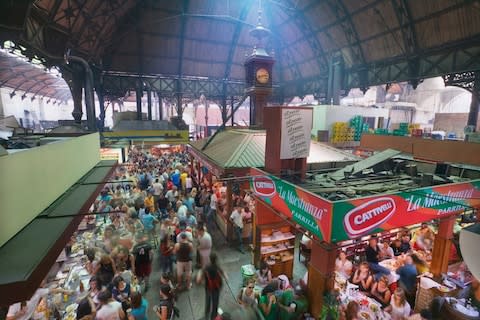
Don’t leave Montevideo without…
The one thing any self-respecting Uruguayan never leaves home without is a mate gourd; these come in wood, calabash, metal or bone and you’ll need a bombilla (metal straw) and some yerba tea and a flask to use it. Leather goods are also excellent and Uruguay is known for quality textiles and yarns; non-profit Manos del Uruguay (manos.com.uy) has five outlets in Montevideo.
Need to know
Flight time
No UK airlines fly direct to Montevideo Carrasco airport. From London, Iberia, via Madrid, takes 16.5 hours; via Buenos Aires with BA or Norwegian is about the same.
Safety
Montevideo is one of Latin America’s safest cities: simply avoid back streets after dark and avoid wearing flashy watches or jewellery.
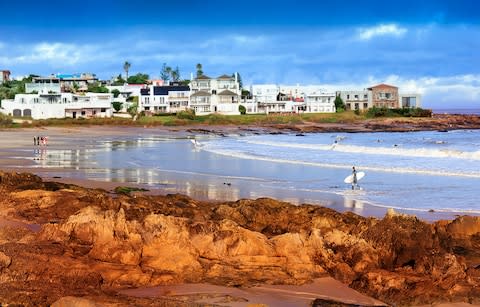
Best time to go
November to April is summer and early autumn, the nicest time to be in the River Plate region – and when almost all cruises visit.
Closures
Some museums are open seven days; others close at the weekend, on a Thursday, on a Monday and Tuesday. Smaller stores close on Sundays.

